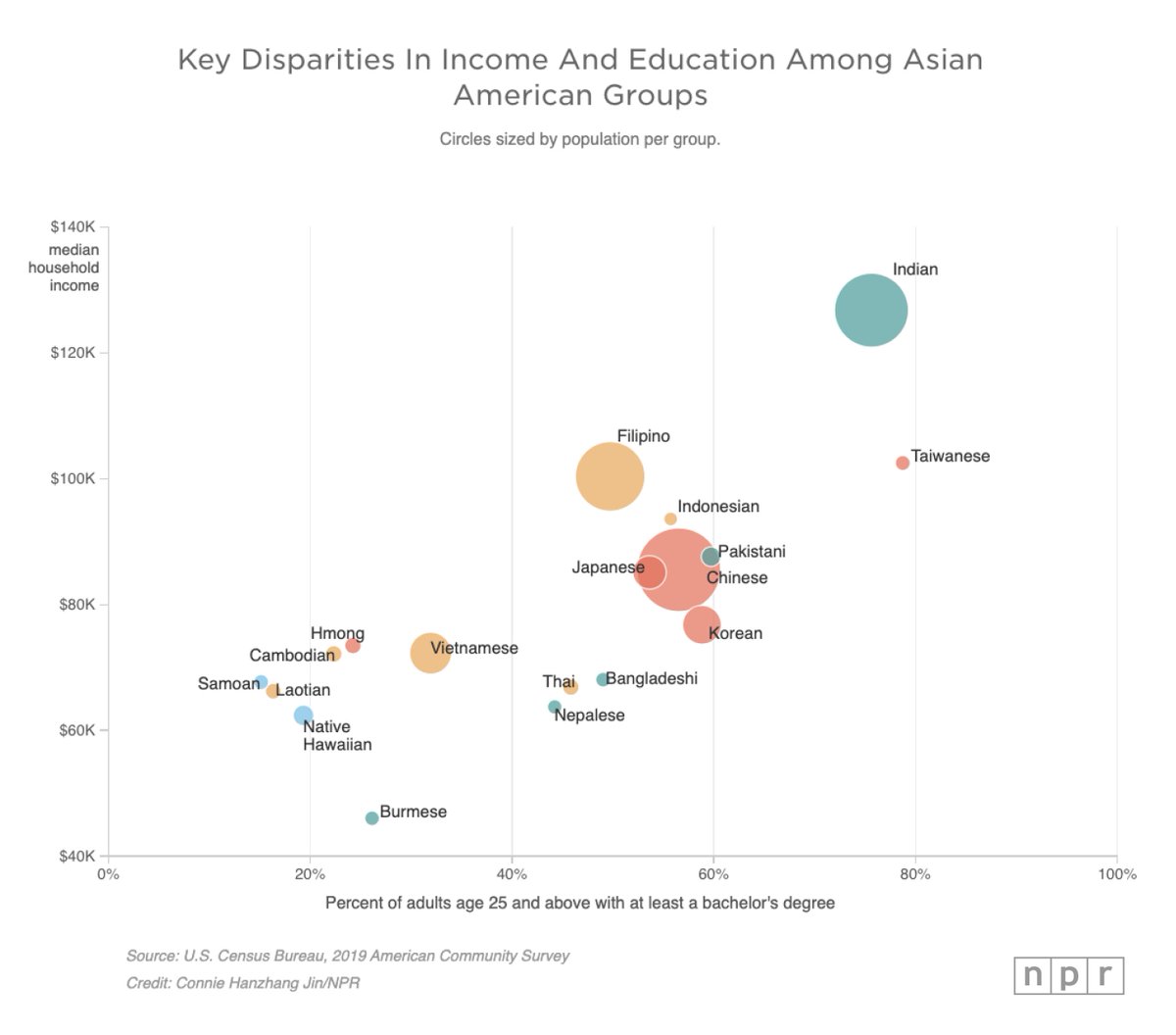
1/ The 2021 Atlantic Hurricane Season officially begins today and the National Hurricane Center has designated 21 storm names for the six-month period ending November 30. trib.al/CV68zhV
2/ Just like the previous seven years, the season got an early start when Tropical Storm Ana formed in the Atlantic on May 22 .
Forecasters say that short-lived storm is a likely sign of what's predicted to be another above-average season.
Forecasters say that short-lived storm is a likely sign of what's predicted to be another above-average season.
3/ Tropical trivia:
Storm names repeat every six years — unless a storm is particularly destructive and then its name is retired.
There are no storms that begin with Q, U, X, Y and Z because of a lack of usable names.
Each season's storm names alternate between female and male.
Storm names repeat every six years — unless a storm is particularly destructive and then its name is retired.
There are no storms that begin with Q, U, X, Y and Z because of a lack of usable names.
Each season's storm names alternate between female and male.
4/ Forecast accuracy and advance warnings have continued to improve. Now some of the most lethal consequences of hurricane season are not the storms but their aftermath. npr.org/2021/06/01/100…
• • •
Missing some Tweet in this thread? You can try to
force a refresh













